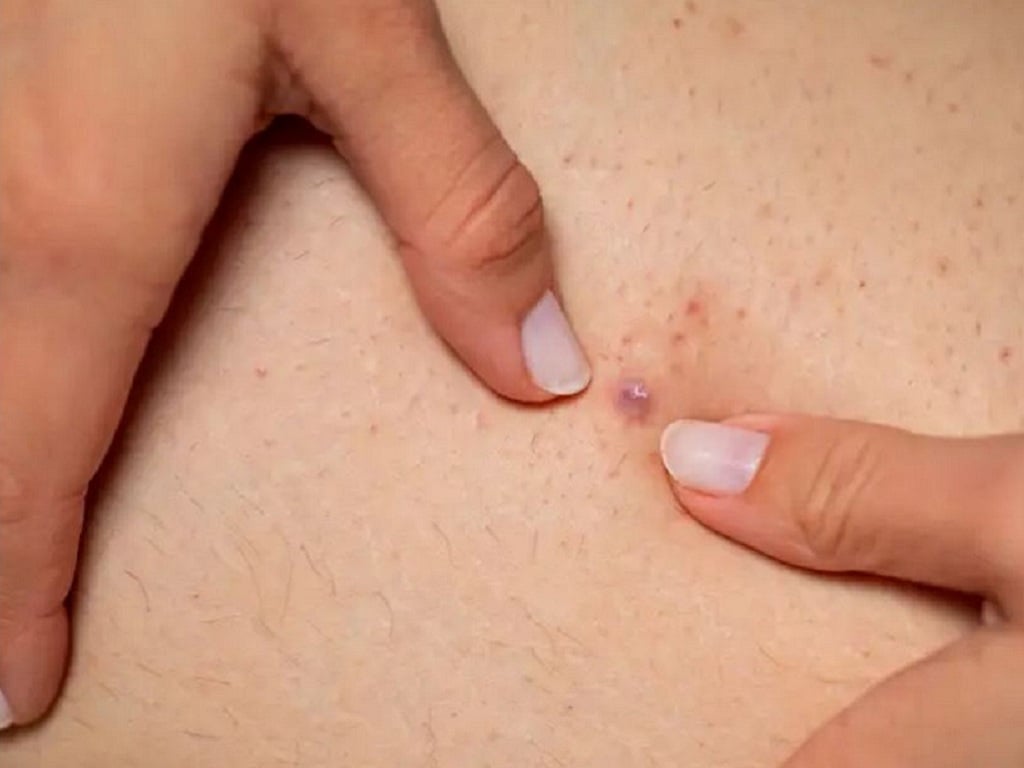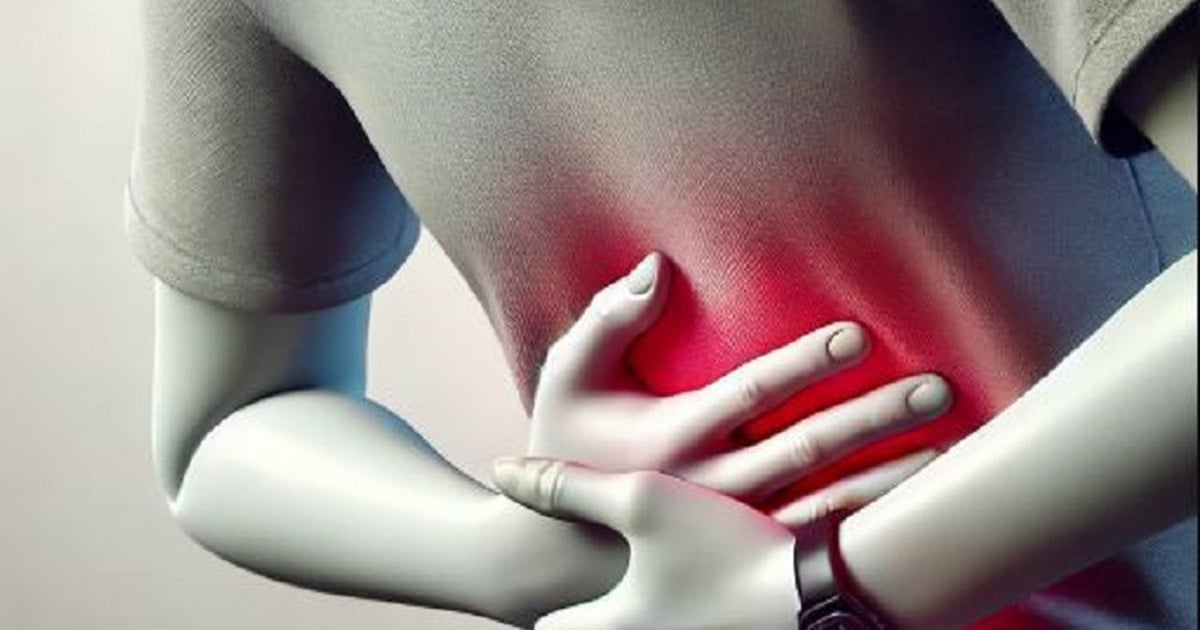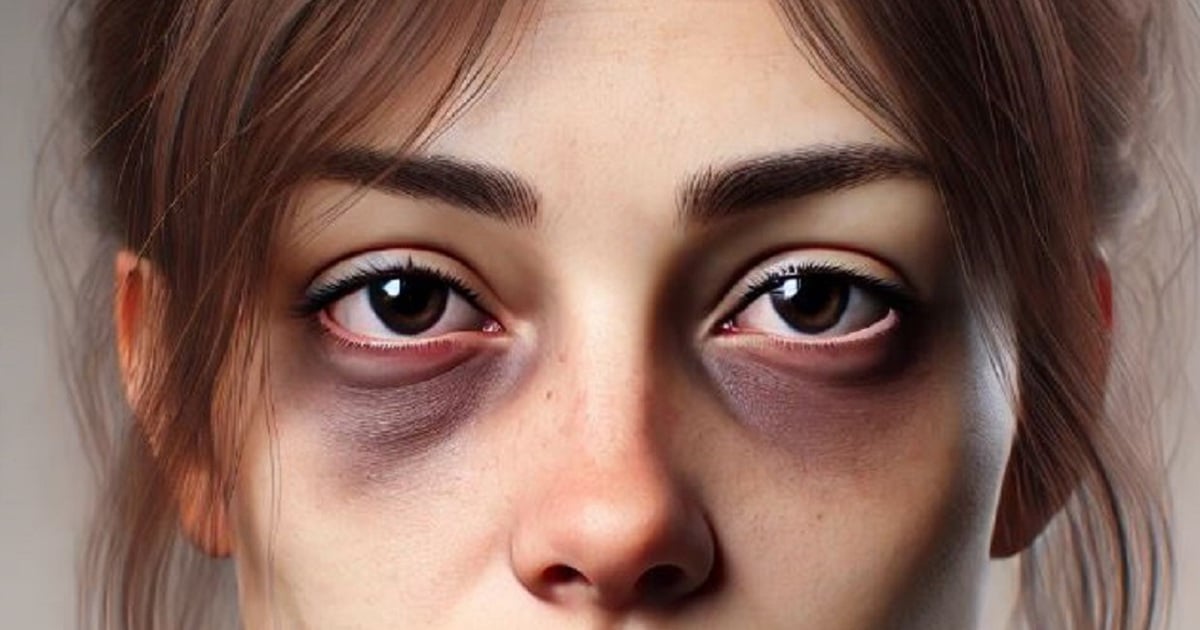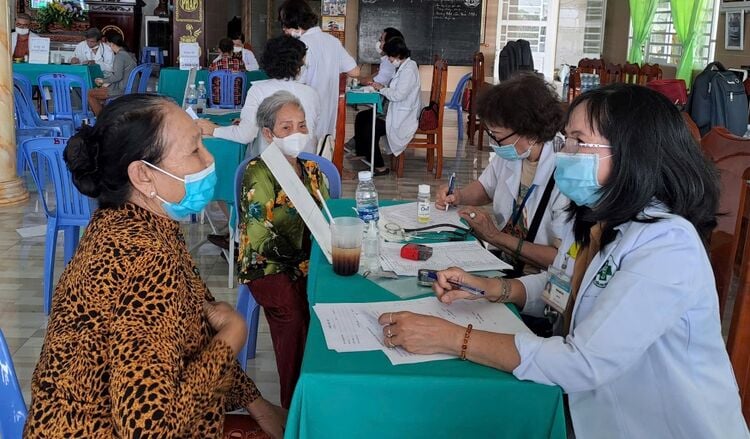Acne is caused by clogged pores, leading to inflammation. There are many skin problems that look quite similar to acne and can be easily confused, according to the news site The Healthy (USA).

Folliculitis can be mistaken for acne.
Skin problems that are easily confused with acne include:
Chickenpox
Chickenpox, also known as varicella, is caused by the Varicella Zoster virus. Symptoms appear about 10 to 20 days after exposure to the virus. Initially, the patient will have blisters on the skin that are quite similar to acne.
"The first blisters of chickenpox are often mistaken for acne. They are itchy and filled with fluid," said Dr. Hardik Soni, a dermatologist at Ethos Spa, Skin and Laser Center (USA).
If the rash is chickenpox, the patient will soon develop a fever and body aches. Although chickenpox symptoms are often more severe in adults, the disease usually clears up on its own without special treatment. However, once the patient has chickenpox, he or she should see a doctor to reduce symptoms and recover quickly.
Folliculitis
Folliculitis is a condition in which hair follicles become infected, resulting in the development of small red bumps. It is usually caused by bacteria or yeast on the skin. Folliculitis often occurs on the chest, back, arms, and legs and can be mistaken for acne.
However, there is an easy way to differentiate folliculitis from acne. In folliculitis, the bumps of acne will appear from the hair follicles.
To prevent folliculitis, people should shower or use a hot tub to remove sweat and bacteria from the skin, especially immediately after exercise. If you have folliculitis, you should use antibacterial soap to gently rub and clean the affected skin thoroughly. Medications used to treat folliculitis are usually oral medications, topical antibacterial medications, or antifungal medications.
Sebaceous hyperplasia
Sebaceous hyperplasias are small bumps that develop in hair follicles and sebaceous glands. They are technically considered tumors, but are completely harmless. Sebaceous hyperplasias are usually red with a yellow tinge or white.
This skin problem tends to be genetic, all age groups can get it but the highest risk is the elderly. The location of sebaceous hyperplasia usually appears on the face. To treat sebaceous hyperplasia, the doctor will use mild electrocautery or laser vaporization to remove each small tumor, according to The Healthy .
Source link


![[Photo] Closing of the 11th Conference of the 13th Central Committee of the Communist Party of Vietnam](https://vstatic.vietnam.vn/vietnam/resource/IMAGE/2025/4/12/114b57fe6e9b4814a5ddfacf6dfe5b7f)



























![[Photo] Overcoming all difficulties, speeding up construction progress of Hoa Binh Hydropower Plant Expansion Project](https://vstatic.vietnam.vn/vietnam/resource/IMAGE/2025/4/12/bff04b551e98484c84d74c8faa3526e0)

































































Comment (0)